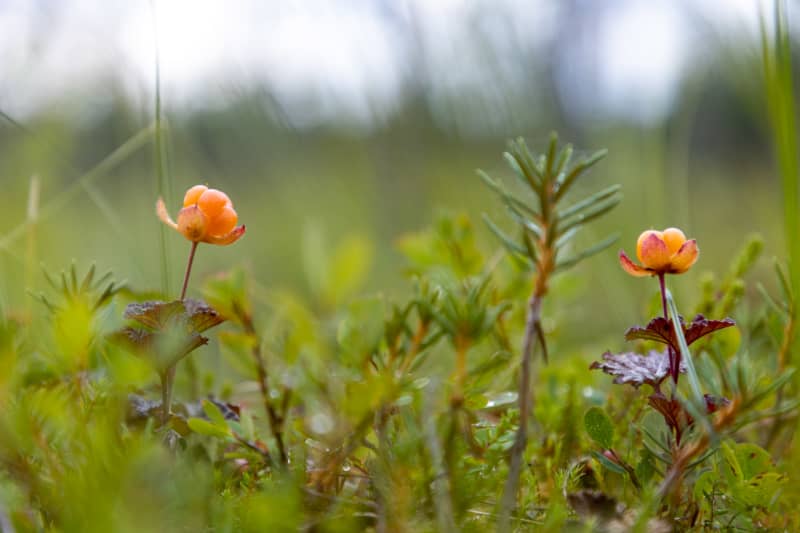
The aim is for the water level in the marsh to rise to its natural level, after which the marsh will gradually return to its natural state.
Metsähallitus has ongoing restoration projects in Häme and Pirkanmaa, for example. In Kanta-Häme, the Tervalamminsuo, a 130-hectare marsh in the Liesjärvi National Park in Tammela, has been the target for years.
The bogs of Lake Liesjärvi National Park belong to the turtle oasis zone. Most of the bogs in the national park were drained in the early decades of the 20th century and restoration began in 1995.
The aim of the restoration is that the marsh will start to re-water.
Lahtinen reminds that Tervalamminsuo is a significant and versatile swamp, where there is a large open swamp section. On its edges, there are corbels and edge ridges, which are subject to restoration. The work is done as part of the HELMI living environment program.
Raising the water level to natural levels
Other drained areas of Tervalammensuo have been restored over the years, most recently in 2016. After a break of a few years, restoration work began in the last protected area of \u200b\u200bthe marsh on Monday, February 20, 2023.
– Restoration work will be done during this year and next year, depending on how the work progresses. This site covers an area of \u200b\u200bapproximately 13 hectares, says nature conservation expert Ari Lahtinen.
At first, the swamp is thinned out by the abundant trees due to drainage to reduce evaporation. Trees are also removed from ditch lines.
The felling aims at an uneven density of trees in different parts of the bog. According to Lahtinen, later, perhaps as early as next autumn, the ditches will be blocked either completely by filling or damming.
Thinning works are done in winter so that the frost and snow are protecting the terrain.
– If someone sees the construction site, it might crack the eye. Whenever work is done on a construction site with a machine, it looks like a logging site, even though the goals are nature conservation, says Ari Lahtinen.
When will the effects of the restoration be seen in the swamp?
– The recovery of the bog is slow and it will take decades. Of course, as the water level rises, it is already visible in a few years that the marsh vegetation will begin to increase.
